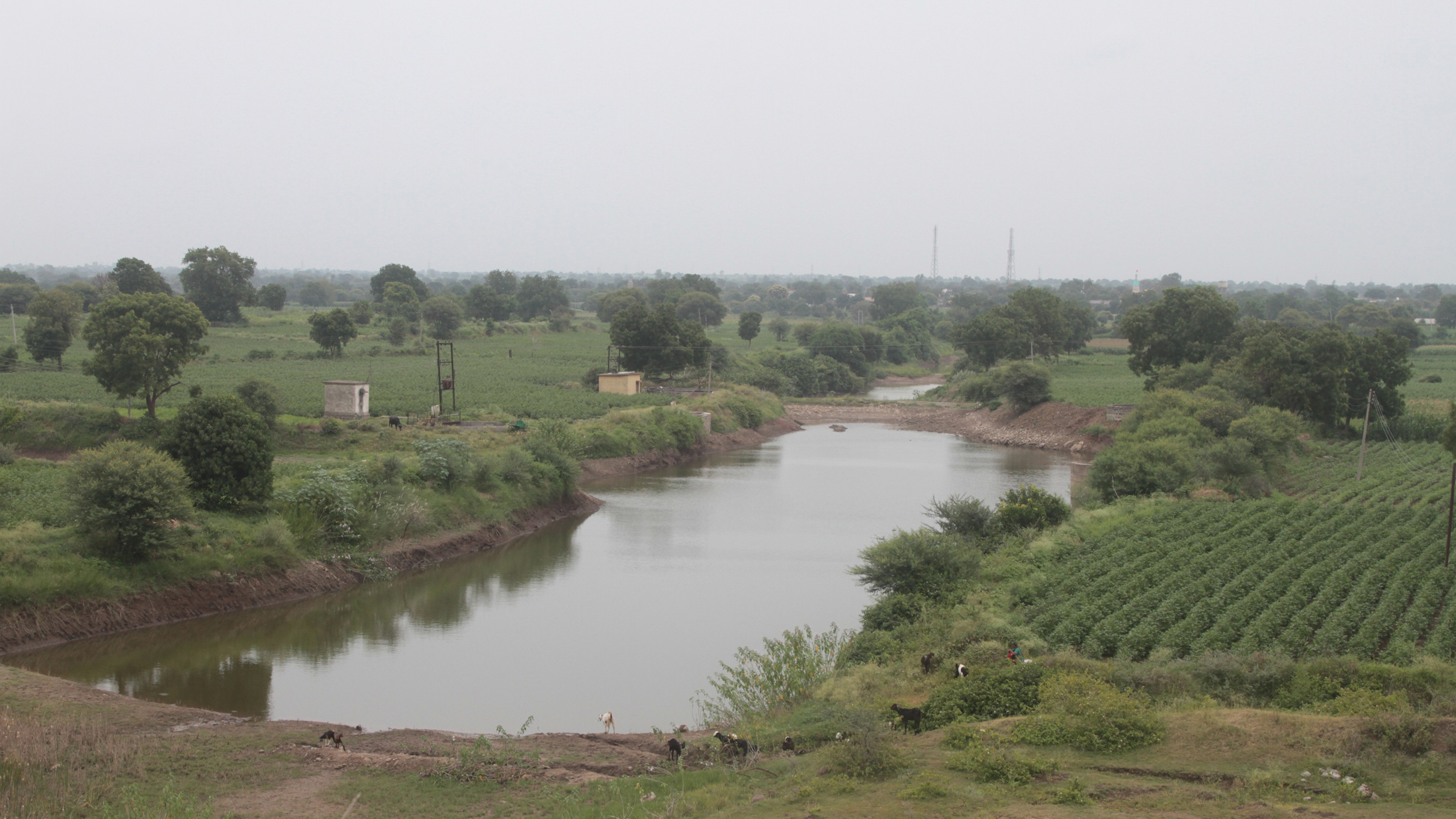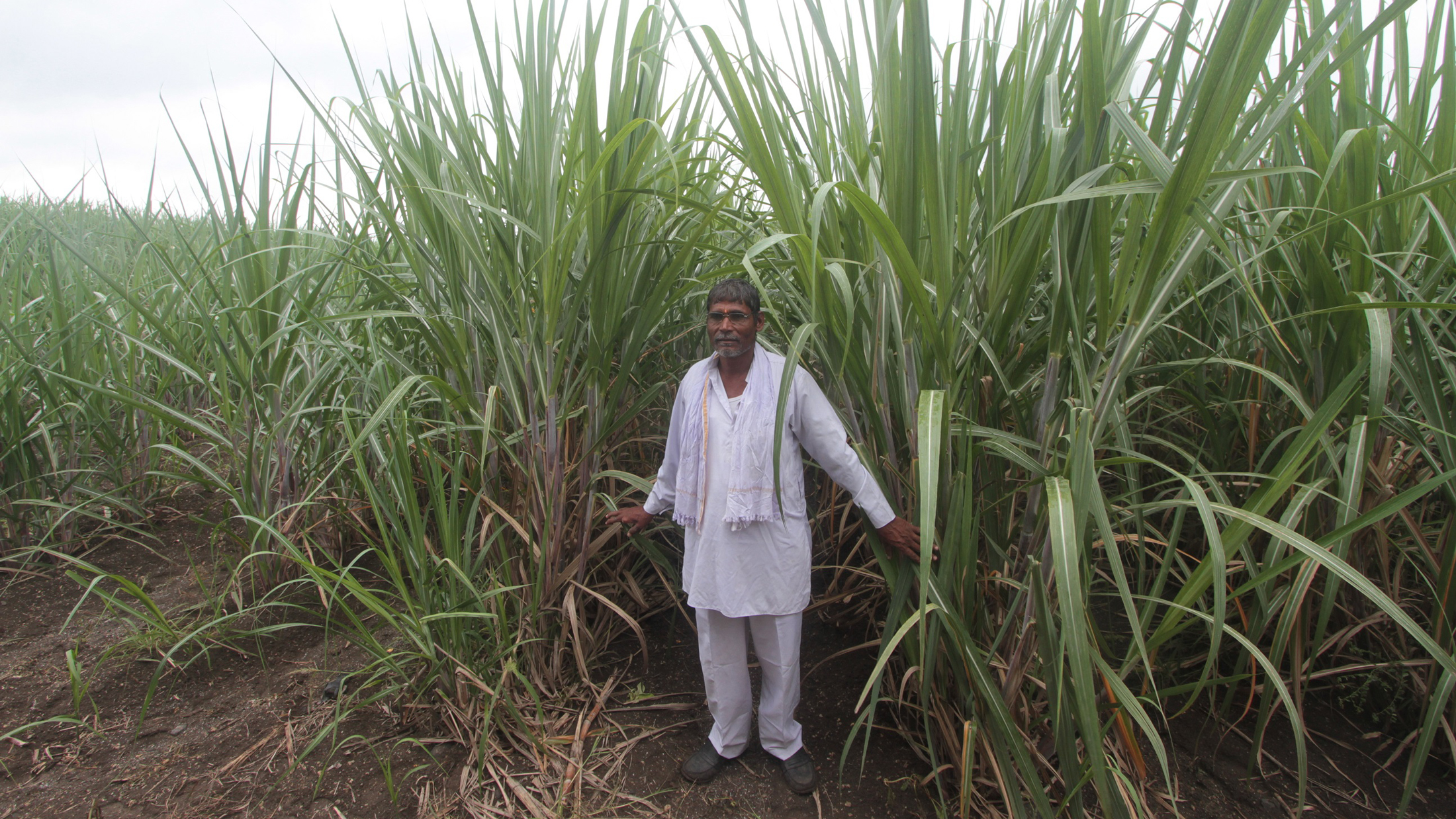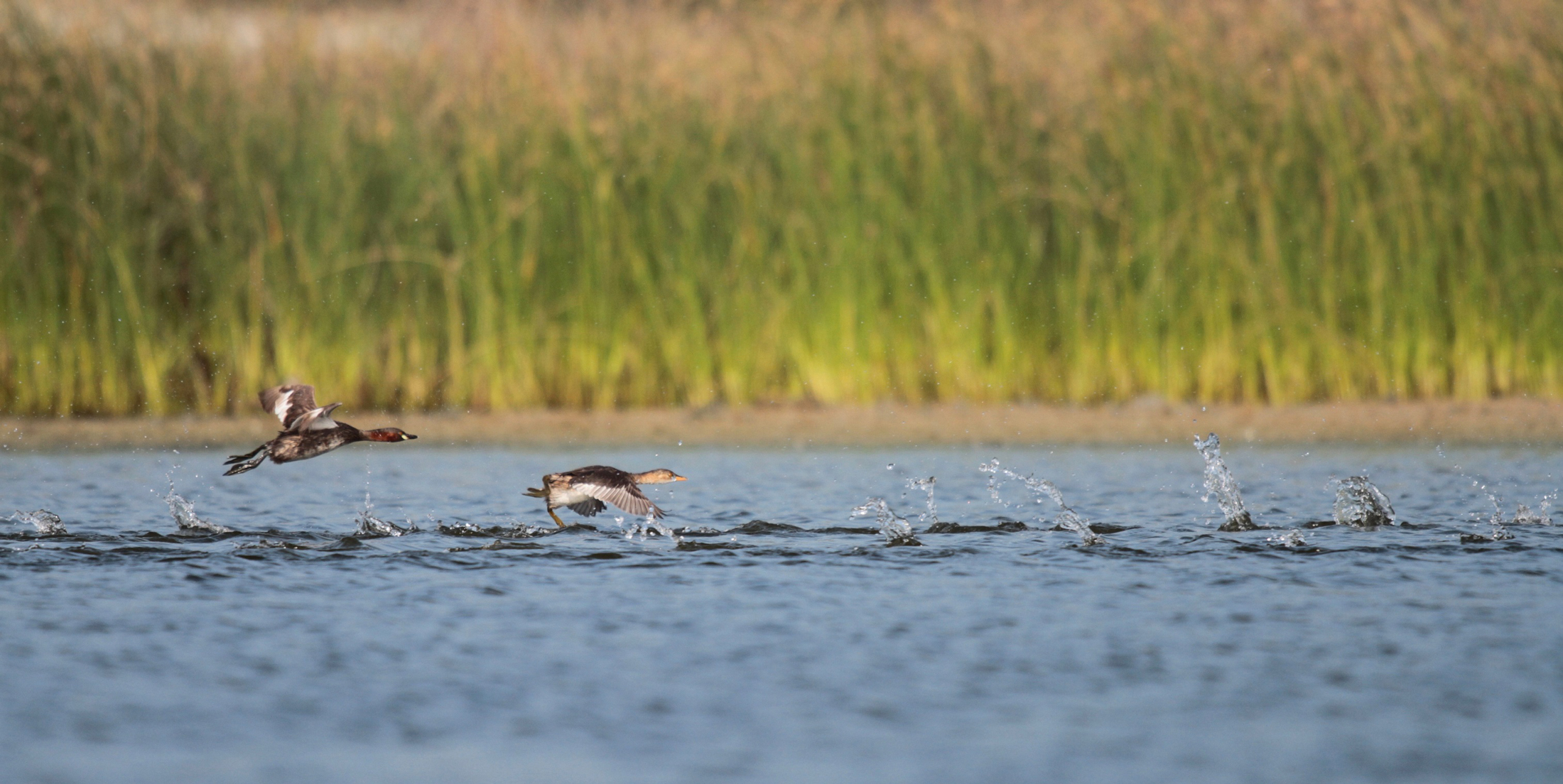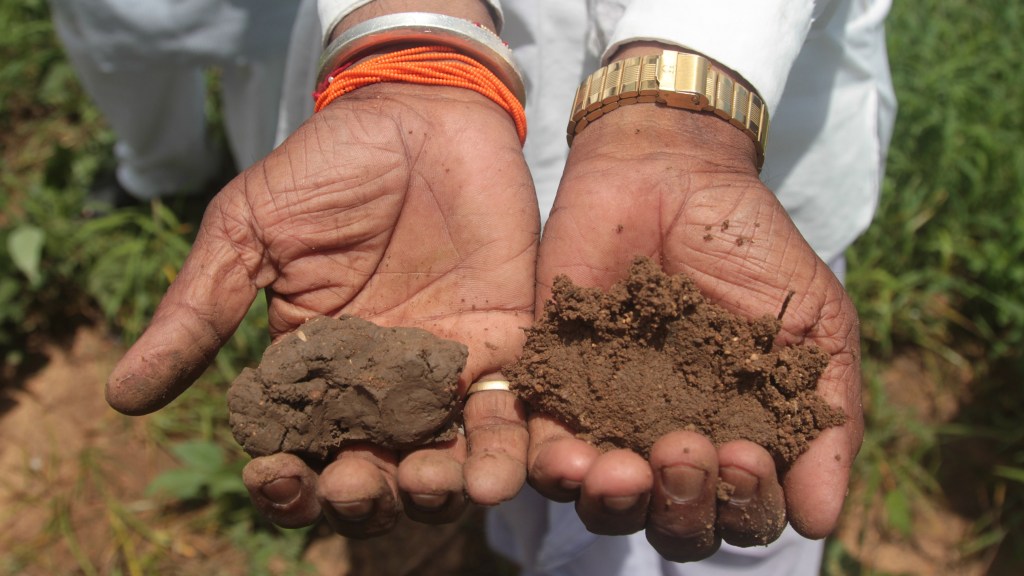Every year, as India approaches its monsoon season, the entire nation closely follows the predictions of the weather department in anticipation of news about the upcoming rains. For a country that receives more than 80% of its annual water supply in a short span of two to three months, the monsoons decide a “boom” or “doom” situation for its farmer community and national food security. Add to this, close to 70% of the country’s geographical area falls under dry zones, which are prone to drought due to changing climatic conditions and mismanagement of water resources. In such a scenario, ensuring water security during the dry season needs efficient management of water resources and adaptive measures to build drought resilience.
An initiative taking roots in the state of Maharashtra in western India aims to do just that.
Here, consecutive years of droughts have led to repeated crop failure and economic losses for farmers. Traditionally, the communities here created small dams and tanks to store water during the dry season, but years of neglect have led to silt accumulation and reduced their water storage capacity. The impact of the 2015 droughts jolted the farmer communities and NGO’s into action.
They launched a pilot project, funded by a local philanthropist, to desilt a few dams to increase their water storage capacity. The projects’ success and the group’s lobbying efforts prompted the State Government to introduce a new policy called Gaal Yukt Shivar, which aims to desilt over 30,000 small dams and reservoirs over a four-year period.
To understand how The Nature Conservancy can add value to this initiative by using conservation science and helping it achieve scale, I led a team of four researchers from a Maharashtra-based NGO and the manufacturing company Caterpillar on a visit to Maharashtra’s Marathwada region.

A Win-Win Project for Farmers – Improving Water Security and Soil Fertility
We met with Ramesh, a cotton farmer who shared his experience with the project. “Two years ago, my crop would not have been as healthy as you see it today. This is in spite of no rain for the last 25 days! We have desilted the dams around our village, which has improved their water storage capacity and many of them held water this year despite a dry monsoon,” he said.
Ramesh went on to explain how silt dredged from the water tank can be applied as fertilizer on the fields. “This silt is ‘Black Gold.’ Our yield has increased more than double, fertilizer application has reduced by half and water use by 20%. Even the weeds have reduced – so the cost of deweeding has minimized,” he said. “Unlike the other years, last year the dam did not dry up. Even the well near my field had water in April and May.” Other farmers echoed the same feedback. Everyone who participated in the initiative had experienced a positive impact on their fields as well as the surrounding environment.
So, the question arose – If this initiative has the potential to improve water security as well as soil fertility in a drought prone region whose population is largely agrarian, why is it failing to achieve scale? What are the gaps in the existing policies and barriers to its uptake? And more importantly, how can the ecological value of these water tanks and dams be enhanced by including science in the existing approaches?

What Stands in the Way of Large Scale Impact?
Lack of capacity of NGOs, non-participation of large players to provide financial support, limited dredging technologies, and a hands-off approach of the State Government are the main reasons forcing a brilliant initiative to remain at a pilot stage. The State Policy to desilt 30,000 dams does not provide adequate financial mechanisms so that small farmers can participate. Local NGOs have limited technology for dredging and scientific knowledge about holistic reservoir conservation.
The current technology only allows for dams to be desilted in the dry season, which coincides with the field sowing season, therefore only allowing a small window when the dredged silt could be applied to farms. We also realized that by focusing on the water crisis alone, the initiative is losing the opportunity to enhance the conservation value of these reservoirs. By considering an integrated approach to desilting, while also undertaking habitat rejuvenation activities, these reservoirs can become nesting and feeding grounds for birds.
For this initiative to be successful, we need to create a consortium of private-public partnerships where funders, local NGOs and farming communities come together to share respective expertise and responsibilities and give wings to this initiative.
Being the Wind Beneath Their Wings
The Nature Conservancy has a unique opportunity here to leverage its experience of elevating pilots to scale, building strategies rooted in strong science and creating effective partnerships across communities, businesses and governments to achieve the objective of improving drought resilience in this area and also improving the habitat.
We aim to develop a holistic conservation framework for desilting dams that will use improved and cost effective technology, including measures to support biodiversity, improve habitats, account for environmental flows and address the larger issue of excessive silt flowing from the catchment area. To ensure its implementation at scale, we aim to cultivate private partnerships to secure financial resources and build the capacity of local NGOs as well as village level institutions to take ownership of the work. In parallel, to ensure long term sustainability, we aim to address the overarching issue of excessive soil erosion from the catchment areas that is resulting in silt accumulation in these reservoirs. We will develop science based initiatives to stabilize land and develop watersheds to reduce siltation.
This project will improve water security in the region, build drought resilience, improve groundwater recharge and also elevate the economic conditions of the farming communities, in line with India’s rural development vision of doubling farmers’ income by 2022.





A single individual can make a difference! Popatrao Pawar made the difference in Hiware Bazaar, a village in Ahmednagar district. The drought prone village elected him, the only post graduate in the village, as the Sarpanch. He closed the liquor stores, improved the capacity of the tanks. He worked very sincerely caring for the people and the village. Villagers who migrated elsewhere returned to their village. As Aditya Sood mentioned, it is the poor water resource management over the decades was the root cause for water stress and scarcity. Israel is 60 percent desert, and the rest is semi-arid. It started poor.Now it is a rapidly growing economy. In spite of its harsh climate, it is not only self sufficient in meeting its need for water, but it also exports water to its neighbors. The success of Israel can be attributed to the patriotic and nationalistic spirit of its people and its water resources management policy and conservation measures practiced by its citizens.
Great work, Aditya and Team India!
It is Jal Yukta not Gaal Yukta
Hi Bhim, Thank you for the suggested correction! Our India team checked and it used to be called Jalyukt Shivar at one point, but the government revised the policy and changed it to Gaal Yukt Shivar. The government has not updated the name of the program on their website yet.
Sounds like Cool Green (and blue) Science–good luck!